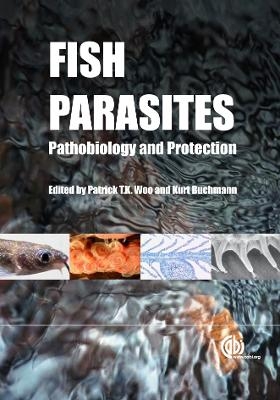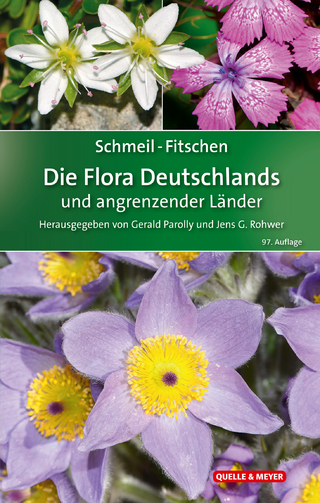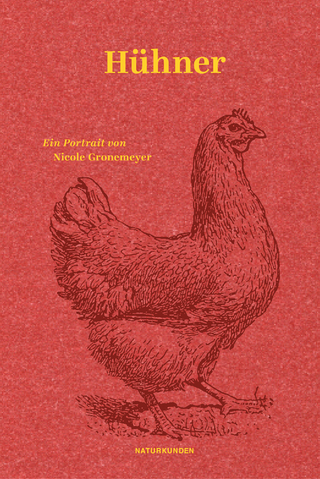
Fish Parasites
CABI Publishing (Verlag)
978-1-84593-806-2 (ISBN)
Focusing on pathobiology and protective strategies against protozoan and metazoan parasites of fish, this book reviews the latest research on important parasites: those that cause financial hardships to the aquaculture industry, have been introduced to new geographical regions through transportation of infected fish, are pathogenic to groups of finfish and detrimental to production, are highly adaptable and not host-specific with worldwide distributions, and that may serve as disease models for studies on other pathogens. It also highlights gaps in the knowledge to help direct future research.
Patrick T. K. Woo has been a faculty member at the University of Guelph (UoG) since 1974. He was also Director, Axelrod Institute of Ichthyology, and in 2005 UoG Senate elected him University Professor Emeritus. Prior to 1974 he was MRC Postdoctoral Fellow and Ballard Fellow, UoG; FAO Andre Mayer Research Fellow, East African Trypanosomiasis Research Organization and Serengeti Research Institute; and IDRC Consultant/Scientist, Nigerian Institute for Trypanosomiasis Research. His other appointments (1985-2010) include as NUS Visiting Research Professor, National University of Singapore, and as short-term Visiting Professor/Scientist at 16 Universities/Institutes in Africa, Asia, Europe and South America. Patrick was Plenary/Symposium speaker at 44 conferences, recipient of The Robert Wardle Award, and elected Fellow, The Royal Society of Tropical Medicine and Hygiene. He is editor-in-chief of a journal, member of three editorial boards; and has published 194 scientific papers, 19 reviews in conference proceedings, 15 book chapters, and eight books Kurt Buchmann is at the University of Copenhagen, Denmark.
1. Neoparamoeba perurans; 2. Amyloodininium ocellatum; 3. Cryptobia salmositica; 4. Ichthyophthirius multifiliis; 5. Miamiensis avidus and related species; 6. Perkinsus marinus and Haplosporidium nelsoni; 7. Loma salmonae and Glugea anomala; 8. Myxobolus cerebralis and Ceratomyxa shasta; 9. Enteromyxum scophthalmi and related species; 10. Henneguya ictaluri and related species; 11. Gyrodactylus salaris and G. derjavinoides; 12. Pseudodactylogyrus bini and P. anguillae; 13. Benedenia seriolae and Neobenedenia spp.; 14. Heterobothrium okamoti and Neoheterobothrium hirame; 15. Diplostomum spathaceum and related species; 16. Sanguinicola inermis and related species; 17. Bothriocephalus acheilognathi; 18. Anisakis simplex; 19. Anguillicoloides crassus; 20. Argulus foliaceus; 21. Lernaea cyprinacea and related species; 22. Lepeophtheirus salmonis and Caligus rogercresseyi.
| Erscheint lt. Verlag | 15.12.2011 |
|---|---|
| Zusatzinfo | Illustrations |
| Verlagsort | Wallingford |
| Sprache | englisch |
| Maße | 172 x 244 mm |
| Gewicht | 1043 g |
| Themenwelt | Sachbuch/Ratgeber ► Natur / Technik ► Naturführer |
| Naturwissenschaften ► Biologie ► Mikrobiologie / Immunologie | |
| Weitere Fachgebiete ► Land- / Forstwirtschaft / Fischerei | |
| ISBN-10 | 1-84593-806-2 / 1845938062 |
| ISBN-13 | 978-1-84593-806-2 / 9781845938062 |
| Zustand | Neuware |
| Haben Sie eine Frage zum Produkt? |
aus dem Bereich


